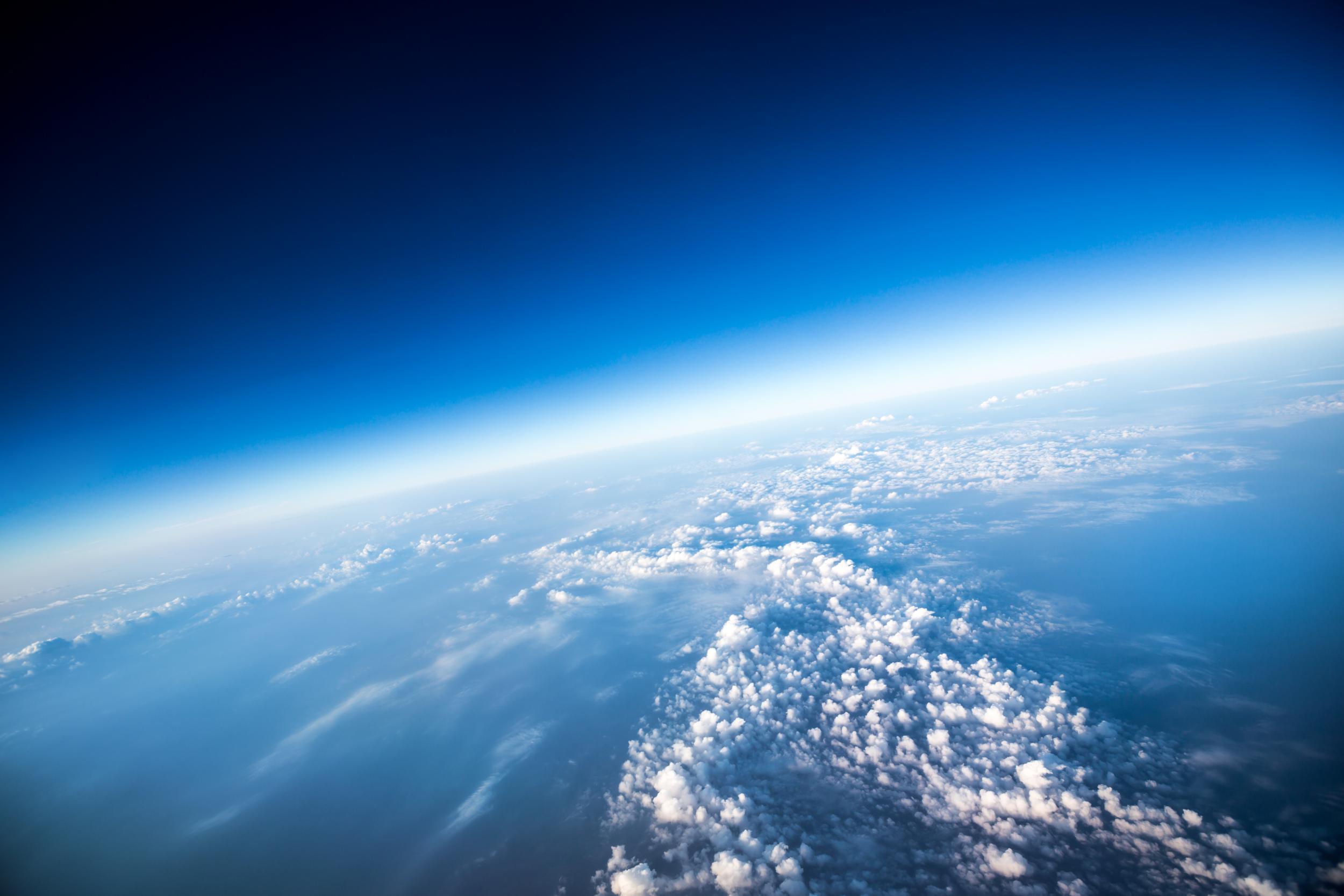'Largest ever' hole in ozone layer opens over North Pole
The current depletion in the Arctic looks set to surpass smaller holes recorded in 1997 and 2011
Your support helps us to tell the story
From reproductive rights to climate change to Big Tech, The Independent is on the ground when the story is developing. Whether it's investigating the financials of Elon Musk's pro-Trump PAC or producing our latest documentary, 'The A Word', which shines a light on the American women fighting for reproductive rights, we know how important it is to parse out the facts from the messaging.
At such a critical moment in US history, we need reporters on the ground. Your donation allows us to keep sending journalists to speak to both sides of the story.
The Independent is trusted by Americans across the entire political spectrum. And unlike many other quality news outlets, we choose not to lock Americans out of our reporting and analysis with paywalls. We believe quality journalism should be available to everyone, paid for by those who can afford it.
Your support makes all the difference.A hole has opened in the ozone layer above the Arctic and looks set to become the largest on record for the region.
Maps of the Arctic Hemisphere from NASA’s Ozone Watch, created with satellite data, show the hole growing in size from late last year until now.
The hole looks set to break up in the coming weeks but not before setting a new record in ozone layer depletion at the North Pole.
“From my point of view, this is the first time you can speak about a real ozone hole in the Arctic,” Martin Dameris, an atmospheric scientist at the German Aerospace Center, told Nature.
The ozone layer is a protective shield in the Earth’s stratosphere which absorbs some of the ultraviolet radiation reaching us from the sun. Without the ozone layer, it would be nearly impossible for anything to survive on the planet.
In Antarctica, the thickness of the ozone changes with the season. The freezing winters lead to high-altitude clouds combining with ozone-damaging chlorofluorocarbons (CFCs), that have been lingering in the atmosphere for decades, to thin out the layer.
The North Pole region is different, where the weather is typically warmer and doesn’t create high-altitude clouds.
This year, unusually cold temperatures and powerful winds formed a “polar vortex” in the Arctic, creating the frigid conditions that have led to a vast ozone depletion, about three times the size of Greenland.
In March, weather balloons were sent up by researchers in the Arctic and reported a 90 per cent drop in ozone at the layer’s core.
Scientists are watching and waiting to see what happens next but it appears the new ozone layer depletion in the Arctic will surpass smaller holes recorded in 1997 and 2011.
Marcus Rex, an atmospheric scientist at the Alfred Wegener Institute in Germany, told Nature that the Arctic ozone hole didn’t threaten human health but over the next month, there was a possibility it might drift over more populated areas. In that case, he recommended more sunscreen. (Thinning of the ozone layer exposes us to more ultraviolet radiation from the sun, increasing the likelihood of sunburn and skin cancer.)

Last month there was good news for the ozone layer, when a study found that the hole in the southern hemisphere had significantly shrank due to an 1987 international treaty, the “Montreal Protocol”, which banned the use of CFCs.
Antara Banerjee, a CIRES Visiting Fellow at the University of Colorado Boulder who also works at the National Oceanic and Atmospheric Administration (NOAA), led the study.
“The emissions of ozone-depleting substances that were responsible for the ozone hole - the CFCs from spray cans and refrigerants – started to decline around 2000, thanks to the Montreal Protocol,” she told The Independent.

Join our commenting forum
Join thought-provoking conversations, follow other Independent readers and see their replies
Comments